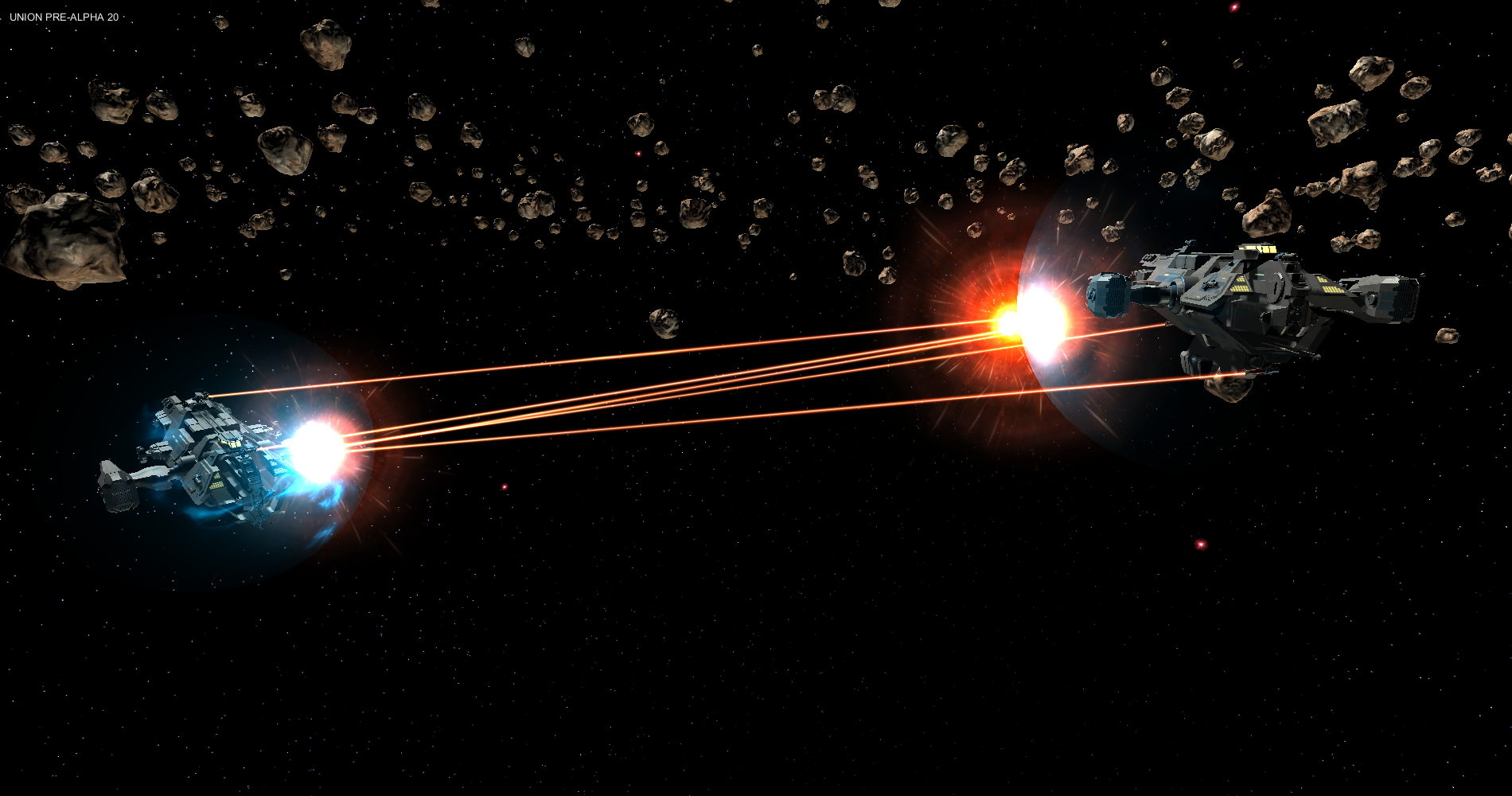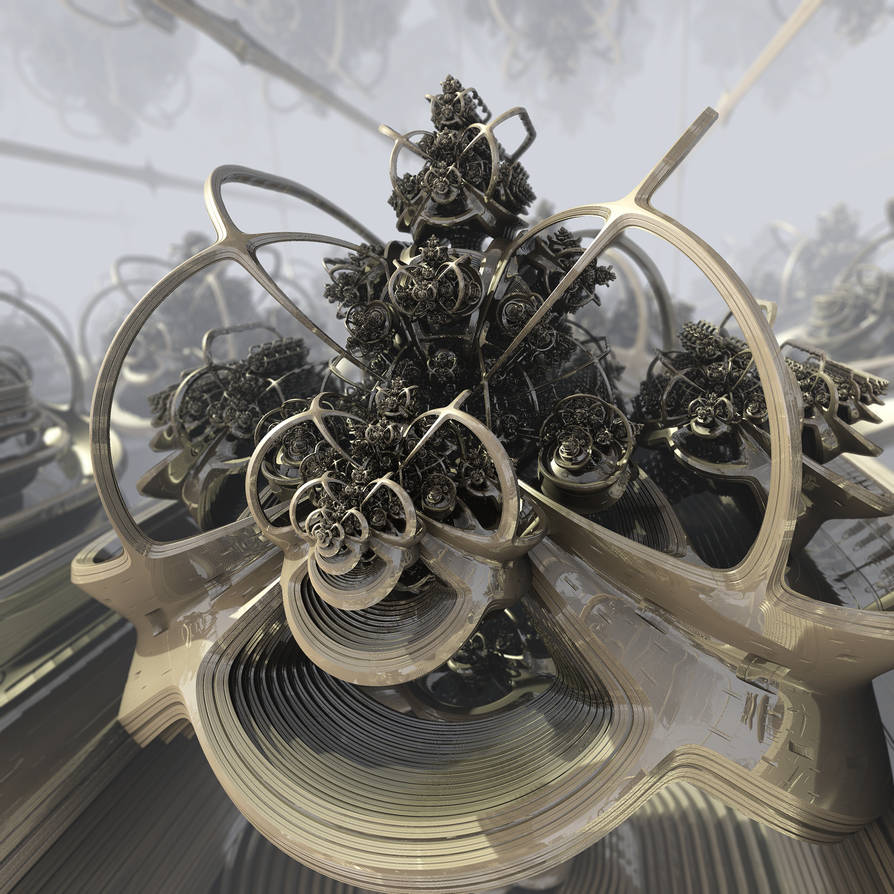
b. 1975
Rainbender
2018
Velux skylights, aluminum, steel, borosilicate glass, vinyl, Sharpie, enamel, and water courtesy of the artist and Luhring Augustine, New York
These three suspended works refer to the establishment of Oscar Tuazon’s Los Angeles Water School (LAWS). Like the Water School at MSU, LAWS occupies a section of Tuazon’s larger Zome Alloy (2016) sculpture, and is context-responsive. It serves local communities and is geared most directly at addressing water politics germane to its immediate environment. For the past year the artist has invited numberous community groups and organizations to present programs and host conversations to address water politics in the region. The design of the Rainbender refers to another of Steve Baer’s inventions known as the Sunbender, which harnesses indirect sunlight to illuminate a space or building. This re-conceptualization of the form is a speculative design for capturing rainfall in a city that receives less than fifteen inches of rain a year.







